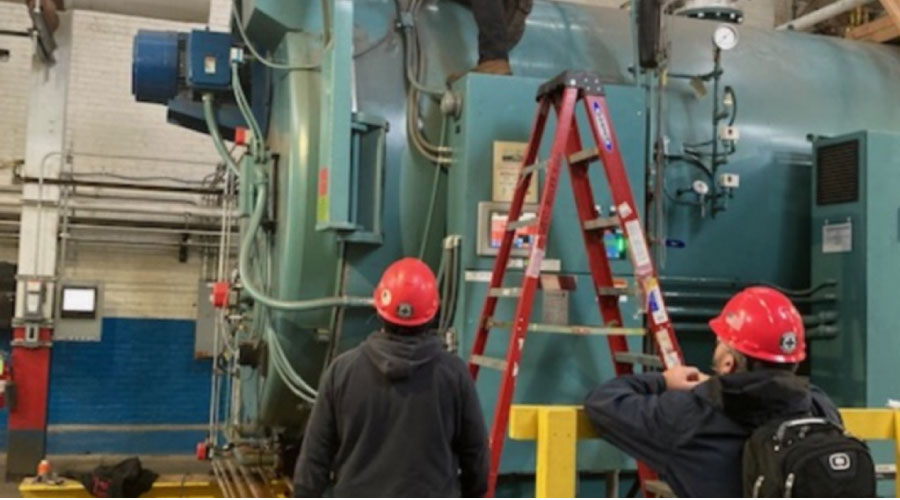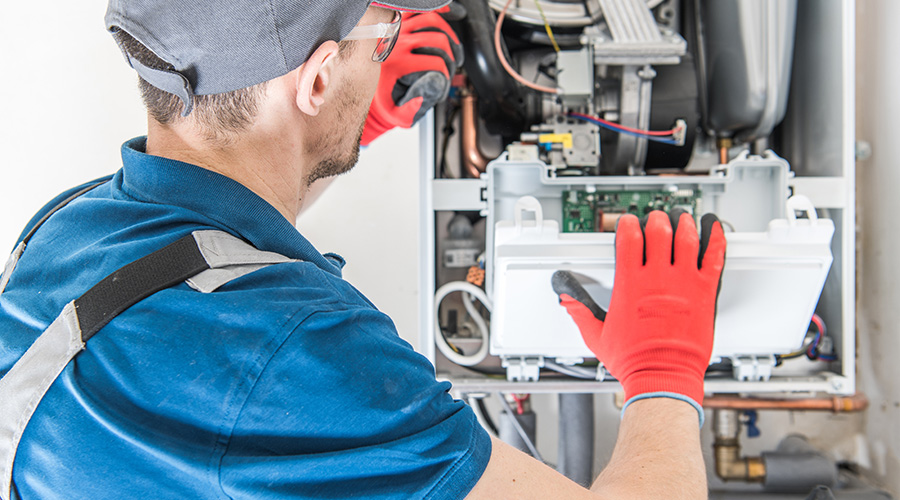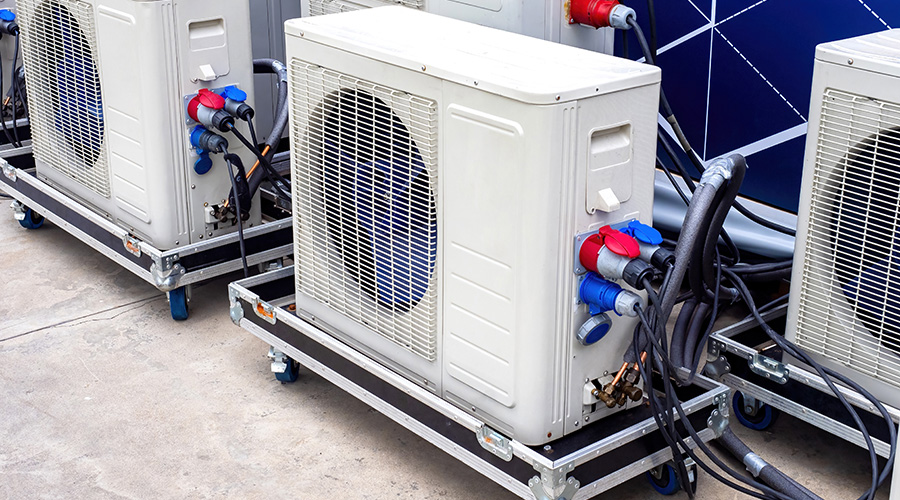Tankless Water Heaters Help Managers Meet Occupant Demands
Water-heating systems in institutional and commercial facilities typically come in second only to HVAC systems in terms of the amount of energy consumed. As a result, even small gains in efficiency with these systems can lead to large reductions in energy expenses.
Storage-tank water heaters have served facilities well for years, but to meet a market need, more manufacturers are offering a range of new tankless water heaters — also known as instantaneous or demand systems — that provide hot water to users only when necessary.
By understanding the technology behind tankless water heaters, exploring the most beneficial applications of these products, and considering the post-installation maintenance considerations for the technology, maintenance and engineering managers will be better able to specify the most appropriate tankless water heaters for their facilities.
Technology Behind Tankless
Tankless water heaters use highly efficient technology to transfer heat instantaneously to cold water as soon as demand occurs. When a building occupant turns on a hot water faucet, cold water enters the inlet of the tankless heater and flows through a copper coil, energizing the burner to provide temperature-controlled hot water.
Fueled by propane or natural gas, tankless water heaters offer operating costs that are 30 percent lower than natural gas storage-tank units and 40 percent less than electric storage-tank units. They also require less space, and stored water does not have to be reheated. Also, when the hot water starts to flow, an electronic ignition lights the gas burner without a pilot light, so no gas is consumed when no hot water is used.
The typical capacity of a tankless water heater is 2-5 gallons per minute, depending on simultaneous users. For larger-capacity systems, a manifold arrangement links tankless units. Condensing technology captures any exhaust gas heat and returns it to preheat incoming cold water, thereby increasing thermal efficiency to as high as 98 percent.
One new electric coilless, tankless heater comes with a rating of 2.5 gallons per minute at a 45-degree temperature rise or 1.7 gallons per minute at 65-degree temperature rise. Voltages for tankless water heaters range from 110 volts to 277 volts.
When determining the size of the unit, the decision depends on the gallons-per-minute instantaneous demand and the required temperature rise. Typical utility water is 60 degrees, and the typical desired temperature for hot water is 100-120 degrees. In this case, the temperature rise required would be from 40 degrees to 60 degrees. If the water heater serves a kitchen sink with a water flow of 1.5 gallons per minute, then the heater's required capacity is a maximum of a 60-degree rise at 1.5 gallons per minute.
Related Topics:













